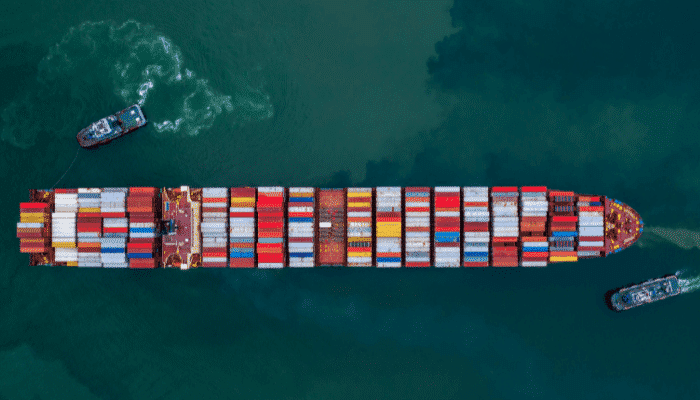Examining the impact of the Red Sea crisis on shipping costs and the consequent rise in prices for consumer electronics.
Source and Citation: Analysis based on a report from ET Bureau, published on May 24, 2024.
TLDR for This Article:
The conflict in the Red Sea has led to increased shipping costs for consumer electronics from China due to a container shortage, potentially driving up prices for large appliances and IT hardware.

Analysis of This News for a Layman:
Due to recent skirmishes in the Red Sea region, there’s been a big disruption in the usual shipping routes that transport goods like TVs, washing machines, and air conditioners from China to various parts of the world. To avoid conflict zones, ships are taking a much longer route around the Cape of Good Hope, adding significant distance and time. This detour has caused a shortage of shipping containers in China, making it more expensive to ship goods. These higher costs might soon be felt by consumers as companies begin to charge more for their products to cover these increased transportation expenses.
Impact on Retail Investors:
- Stock Volatility: Shares of companies in the electronics and home appliance sectors might see some volatility as they grapple with increased logistics costs.
- Price Sensitivity: Companies passing on costs to consumers could impact sales volumes, affecting stock performance.
- Learning Point: Investors should monitor how companies manage supply chain disruptions, as those that adapt swiftly tend to protect their market value better.
Impact on Industries:
- Consumer Electronics and Home Appliances: Companies in these sectors could face margin pressures if they absorb the increased shipping costs or risk losing sales if they pass these costs onto consumers.
- Shipping and Logistics: While facing operational challenges, shipping companies might benefit from higher freight rates.
- Retail: Increased product costs could lead to reduced consumer spending, particularly on big-ticket items, impacting overall retail sales.
Long Term Benefits & Negatives:
- Benefits: Long-term, companies might diversify their manufacturing and supply chains to mitigate future risks, leading to more resilience against geopolitical disruptions.
- Negatives: Persistent higher logistics costs could lead to long-term inflationary pressures on consumer goods, affecting consumer purchasing power and economic stability.
Short Term Benefits & Negatives:
- Benefits: Short-term, shipping companies and logistics providers could see increased revenues from higher freight rates.
- Negatives: Immediate disruptions in supply chains could lead to stock shortages and lost sales opportunities for electronics companies, impacting their quarterly financial results.
Companies Affected by Red Sea Crisis and White Goods Costs
Indian Companies Likely to Lose:
- Indian Importers of White Goods (e.g., Reliance Retail, Voltas Ltd., Bajaj Electronics Ltd.): Increased shipping costs could lead to higher import prices for white goods like washing machines and refrigerators. This might squeeze their margins or force them to raise consumer prices, potentially impacting sales. Negative sentiment is likely if companies struggle to absorb the cost increase.
Indian Companies with Uncertain Impact:
- Indian Manufacturers of White Goods (e.g., Godrej Appliances Ltd., Havells India Ltd.): These companies might benefit if increased import costs make domestically produced white goods more competitive. However, the impact depends on their production capacity and ability to meet domestic demand.
Global Companies Likely to Lose:
- Shipping Lines Reliant on Red Sea Route: Companies heavily reliant on the Red Sea route might see reduced efficiency and profitability due to detours and container shortages.
Global Companies Potentially Gaining:
- Shipping Lines Offering Alternative Routes: Companies offering routes bypassing the Red Sea could see increased demand and potentially higher shipping rates.
Overall, Indian importers of white goods are likely to lose due to higher shipping costs. Indian manufacturers might benefit if they can meet domestic demand. The impact on global shipping companies depends on their route dependence.
Note: This analysis is based on a limited news snippet and doesn’t consider the entirety of the market or companies’ pricing strategies. Further research would be needed for a more comprehensive picture.